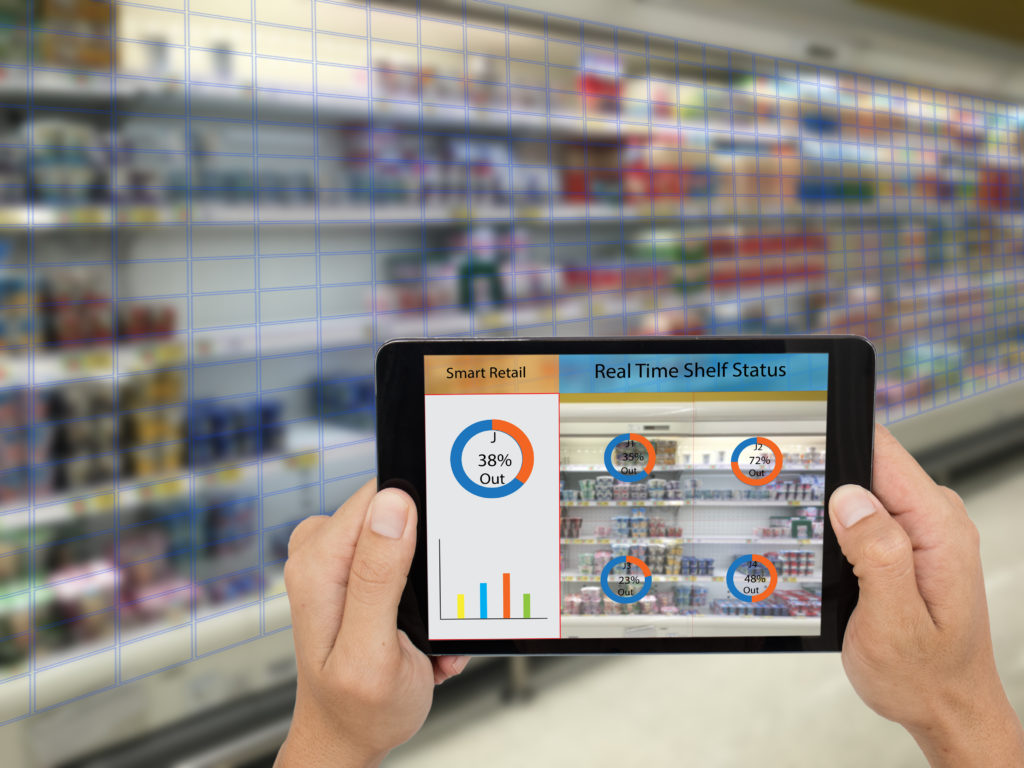 Internet of Things (IoT) devices produce massive amounts of data. From environmental and logistics data in the industrial IoT, to health data in your wearable, the IoT data being produced by billions of devices on a daily basis is far greater than human beings can process alone. In fact, according to Forrester, as much as 60-73% of data within an enterprise goes unused for analytics. All of this valuable information may just be sitting idle in data warehouses and lakes. (Barzilay, 2017)
Internet of Things (IoT) devices produce massive amounts of data. From environmental and logistics data in the industrial IoT, to health data in your wearable, the IoT data being produced by billions of devices on a daily basis is far greater than human beings can process alone. In fact, according to Forrester, as much as 60-73% of data within an enterprise goes unused for analytics. All of this valuable information may just be sitting idle in data warehouses and lakes. (Barzilay, 2017)
Think about what could be done if IoT data was used and optimized. People could make better decisions. Resources could be more efficiently deployed. Money could be saved while improving the human experience. In short, better use of the data already being collected could vastly improve the lives of people and organizations. And we might even get smarter about the data we could/should be collecting, because not all data is useful. But how do we decide if we don’t have the capacity to look at all the data?
Enter artificial intelligence. Artificial intelligence and the Internet of Things (IoT) were practically made for each other, and can help us understand the context of the information that is collected. (Bergey, 2017) Normal algorithms alone are not sophisticated enough to manage the vast streams of IoT data. The information must be collected and analyzed, often at the edge of networks, rather than in the cloud, so that better decisions can be made.
According to Bergey, “Artificial intelligence is an example of massive real-time processing at the edge, enabling machines to perform human-like tasks. The in-machine sensors read, compare and physically map machine or robotic data to its environment, and include analysis and intelligent algorithms that look for patterns in the data, and will alert operators to anomalies and opportunities for process improvements that can save a manufacturing operation significant time and money.”
Another issue is data storage. Without artificial intelligence, we could be incurring the costs of storing and securing massive amounts of data that is essentially meaningless. It is much more efficient to use artificial intelligence systems to decide which data is important and worth processing/keeping, and which data can be discarded without consequence.
As Internet of Things devices continue to grow and proliferate, it is essential that artificial intelligence grow alongside them, managing the data flow and helping humans better manage the data they have. When deployed effectively, artificial intelligence systems can help improve the human experience while reducing the storage of meaningless information that simply wastes resources. The IoT needs artificial intelligence, and will be vastly improved through its implementation.
Want to learn more about the Internet of Things? IEEE offers an 8-course series called IEEE Guide to the Internet of Things.
Resources
Barzilay, O. (2017, 2 Nov). Can Blockchain and AI Accelerate the Arrival of the IoT Economy? Forbes.
Bergey, C. (2017, 2 Nov). Data Context vs. Content in an IIoT Environment. IoT Agenda.


[…] efficiencies generated by IoT devices, a great deal of data is also created. By investing in the artificial intelligence/deep learning systems that can make intelligent use of this data, organizations can experience even greater rewards from their investment in the internet of […]